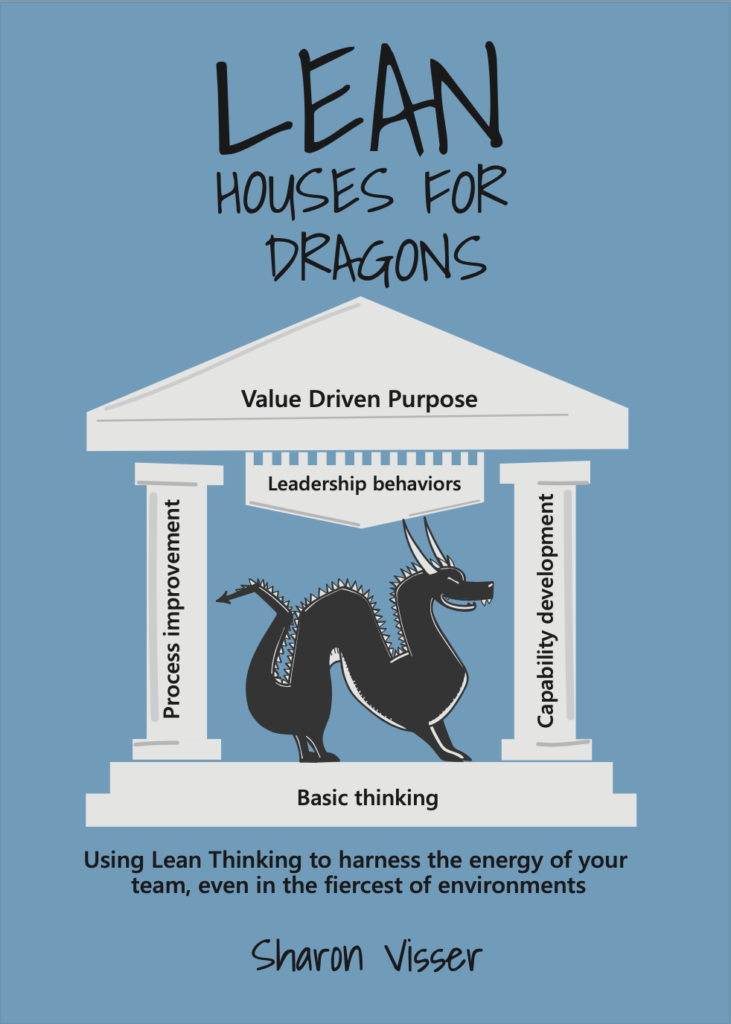
What's in a word?
FEATURE – In the lean world, we are used to acronyms and abbreviations. But what’s the value of words if their meaning is lost and fails to reach those we are communicating with?
Words: Sharon Visser
By now, people who know me know that I love to tell a story. I write to communicate ideas, past experiences, and learnings. I am forever hopeful that what I write will stimulate someone – whether old or young – to be brave about being themselves. Our uniqueness must not be hidden from the world; it is why we are in it.
Indeed it’s the different shades and textures of the world that have given beauty to the tapestry of our lives.
I believe that our words are transformational when they are spoken out with intent. They can be empowering and uplifting, building people up, or oppressive and disempowering , breaking people down. They can speak life or death to dreams and ambitions. They can harm or heal.
From being a young child, I have loved to read, and the journey a story takes me on. I love the sound of words and I often seek out their etymology to understand them completely.
This love of words has helped me a great deal since I moved to Portugal last year, as I have been tying to comprehend and communicate in a new language. Although the verbalized Portuguese words are difficult to say and to grasp (they are fast talkers), the written words are often familiar and give clues to the message. In them, I find the glimpses of Latin and French that make up so many English words.
So why am I writing about this in a lean article? Well, I was recently reading an article that was so full of abbreviations and acronyms that if I had not had an understanding of the subject I would have been totally lost.
I can understand that Administrative Command, Amphibious Forces, Pacific Fleet Subordinate Command (US Navy)” is a very long sentence to repeat often, but I also question its shortened version – AdComSubordComPhibsPac. I still wonder if they could not have called it something simpler!
But why are we shortening two or three words? Let’s take a small example: Continuous Improvement, now also known as CI.
When I say the words continuous improvement, I am reminded that continuous means “without pause or interruption”, that improvement means an occasion when something gets better.
Saying CI, just doesn’t seem to sink into my understanding in the same way. It feels external and disconnected from the weighty words, which say it as it is.
Just say “continuous improvement”, try and roll it around in your mouth. Feel it. Then say “CI”. it’s lighter, lacking in weight, isn’t it? Well, it’s just lost 19 letters. In the process, it’s joined the secret club of those who know and those who do not.
Think about how many people can understand what Continuous Improvement means and how many know what CI means. How many translation apps can translate the words “continuous improvement” easily and correctly? How many can translate CI?
As we go about our lean journeys within our organizations, I think that we must be very aware of how we communicate. It is very easy to jump down the rabbit hole into a secret world with a language all of its own. But once one is there, it can be a land of no return, as everyone around one is speaking the same language. It’s so comfortable.
I was thinking back to when, as a newbie at a Toyota franchise, I did not know the special code. I remember how frustrating it was trying to learn a new job, complicated by a coded language of acronyms that I had to learn and say confidently. I remember feeling stupid when I could not rattle them off like the regional officer who used to visit to give us our all-important markings. I also remember the slightly smug look I received when I struggled to remember them at markings and at dealer meetings.
I don’t know if I have gone down the rabbit hole into the world of secret codes. As I said, it’s hard to tell, as in our lean world we all speak the language. So, just in case, I have started my own Self Help Rehabilitation Intervention Of The Use Of Acronyms And Abbreviations (I have had to seriously fight the urge of calling it the SHRIOTUOAAA).
Now, whenever I see an acronym or a abbreviation, I will ask myself, “What problem is it solving? Did it solve the problem?” If it did, I will leave it be. I will then ask if it takes value away from the words. If it does, I will write the word in full so everyone can understand it. Whenever a word, acronym or abbreviation is used in an environment where there is the possibility that someone might not understand, I will raise my hand in the air and ask what it means. As it is better for me to look foolish than to allow someone else to feel foolish or less than, just because they do not know what it means.

Learn more from Sharon in her unique book Lean Houses for Dragons, available here.
THE AUTHOR

Read more


FEATURE – Improving supplier quality and reduce defects was an important part of Toyota Industries Corporation’s (TICO) Dantotsu activities since the very beginning. In this article, the author visits two parts suppliers.


FEATURE - Effectively dealing with a problem means learning to solve it in a variety of scenarios, not perfecting a point solution. For too long in lean we have only focused on gaining reusable knowledge... but what about reusable learning?


FEATURE – This story will take you through the development of the most important A3 of Mr Joe’s life – the one meant to turn around his health and help him to live longer.


WOMACK’S YOKOTEN – The Volkswagen “defeat device” scandal is the latest example of a company that has chosen to focus on growth rather than the customer. What can we learn from this, and what should we do when such a shift takes place?

